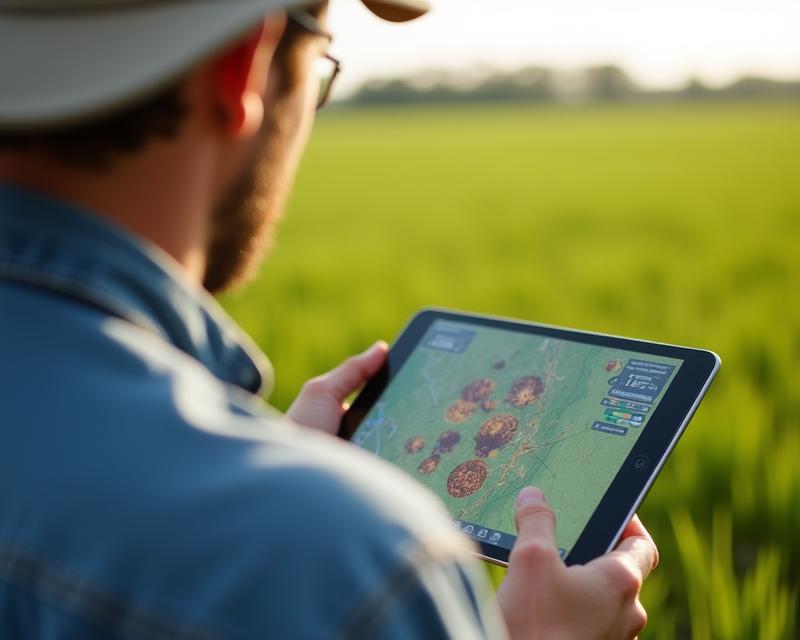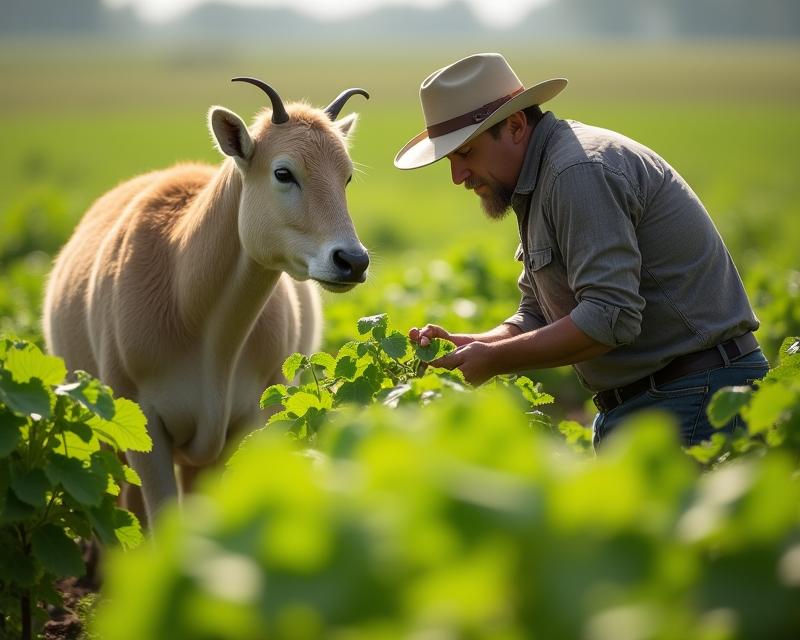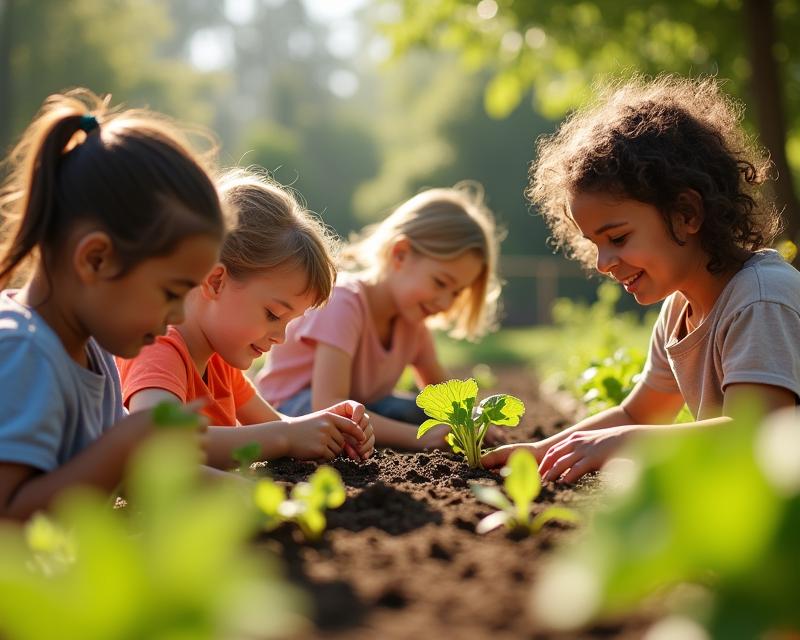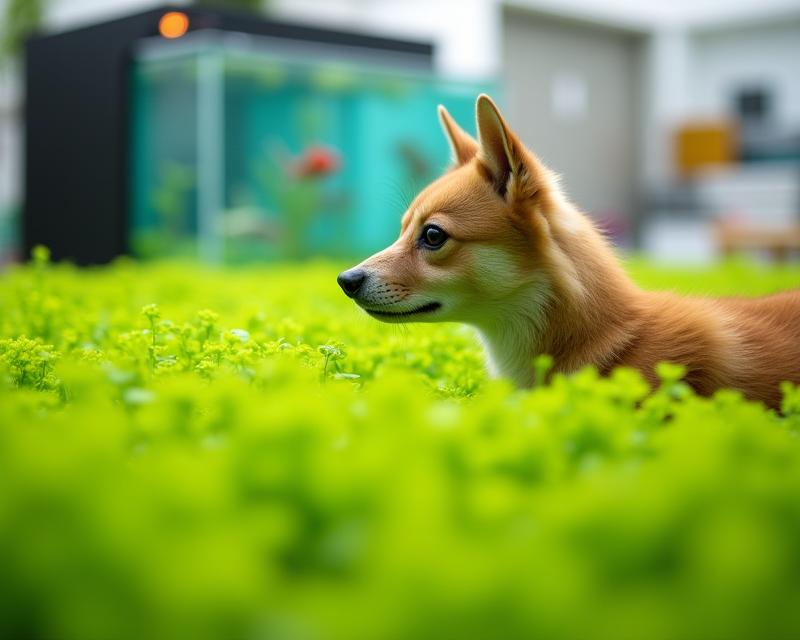Watering Your World: Extraction Methods for Farmers
Publish in Sustainable Farming el 23/07/2025 17:00
Water Extraction Methods for Farmers
Water is the lifeblood of any farm, whether you're growing crops, raising livestock, or simply maintaining a healthy landscape. But accessing that water efficiently and sustainably is a constant challenge. Fortunately, there are many methods for extracting water, each with its own advantages and disadvantages. Understanding these options can significantly impact your farm's productivity and environmental footprint.

Well Water: A Reliable Source
One of the most common methods is drawing water from a well. Wells tap into underground aquifers, which are layers of rock and soil that hold groundwater. There are two main types of wells: shallow wells and deep wells. Shallow wells are easier and cheaper to drill, but their water supply can be more susceptible to seasonal fluctuations. Deep wells require more investment but often provide a more consistent and reliable water source. Consider a hydrogeological survey to understand your local aquifer's characteristics before drilling.
Surface Water: Utilizing Rivers & Lakes
Another option is utilizing surface water sources like rivers, lakes, and ponds. This can be a cost-effective option, especially if you have access to a readily available water body. However, surface water is often subject to regulations and can be affected by drought or pollution. You'll likely need permits to draw water from these sources, and you'll need to consider the impact on the ecosystem. Proper filtration and treatment are crucial to ensure the water is safe for your intended use.
Irrigation Techniques: Getting Water to Your Crops
Once you have a water source, you need efficient ways to deliver it to your crops. Different irrigation techniques have varying levels of water use. Flood irrigation is the simplest but least efficient, leading to significant water waste. Sprinkler irrigation is more efficient than flood irrigation, but can still lose water to evaporation. Drip irrigation is the most water-efficient method, delivering water directly to the roots of plants, minimizing waste and reducing weed growth. Choosing the right irrigation method depends on your crop type, soil conditions, and water availability.
Rainwater Harvesting: Capturing Nature's Gift
Don't overlook the potential of rainwater harvesting! Collecting rainwater from rooftops and other surfaces can be a sustainable and cost-effective way to supplement your water supply. Rainwater is naturally soft and free of chemicals, making it ideal for irrigation. Simple rainwater harvesting systems can be built, or you can invest in more sophisticated systems with storage tanks. Even small-scale rainwater harvesting can make a difference, especially in areas with seasonal rainfall.
Ultimately, the best water extraction method for your farm will depend on your specific circumstances. Carefully evaluate your water needs, available resources, and local regulations to make an informed decision. Prioritizing water conservation and sustainable practices will ensure the long-term health and productivity of your farm.





